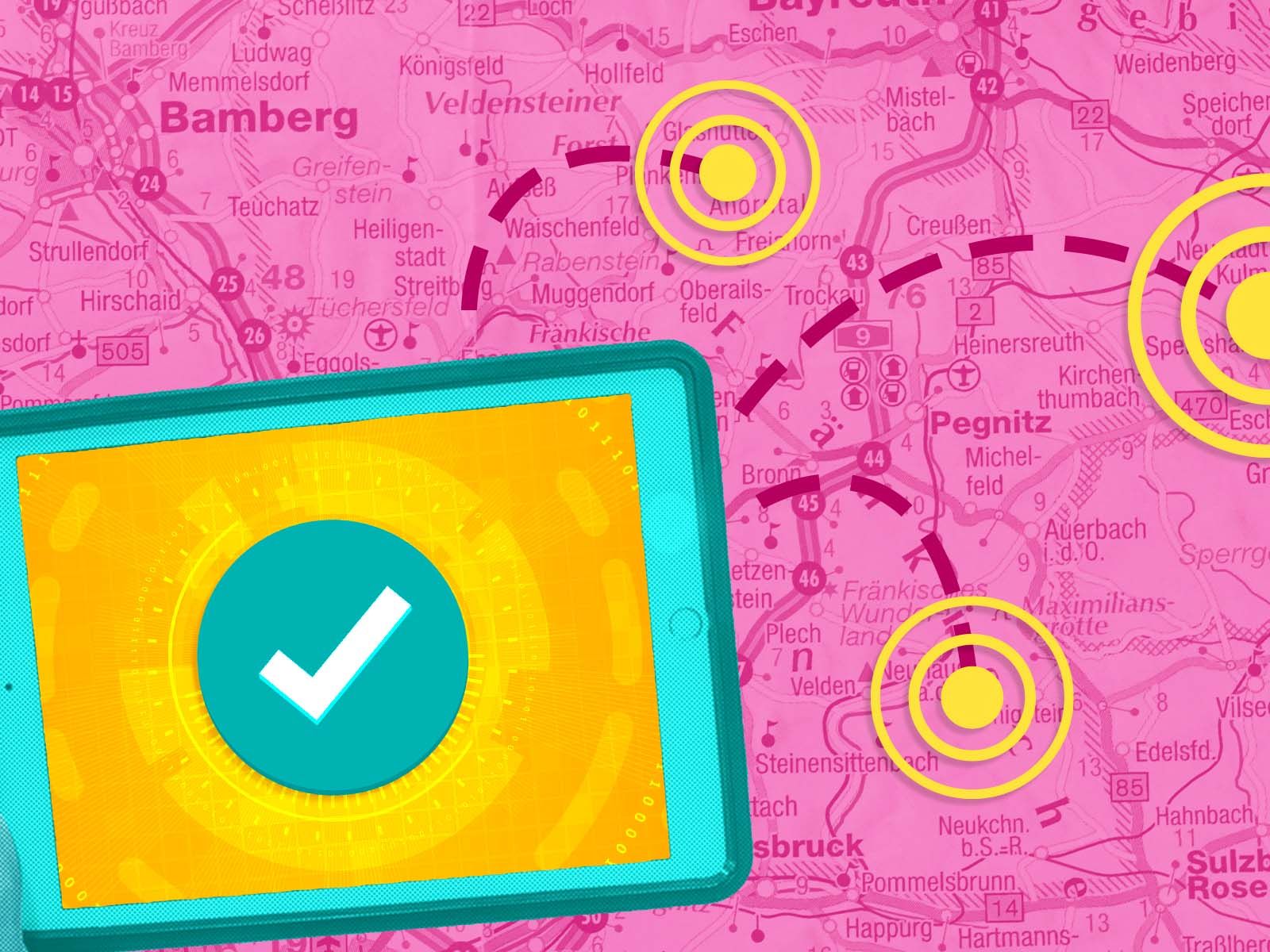Remote IoT Device Management Control From Anywhere: The Future Of Connectivity
Imagine this: You're sitting on a beach in Bali, sipping a fresh coconut, and suddenly you remember that you left the lights on at your office back in New York. No worries! With remote IoT device management, you can control your devices from anywhere, anytime. It's like having a superpower in your pocket. Whether you're managing smart homes, industrial equipment, or even agricultural systems, the ability to monitor and control IoT devices remotely is transforming how we live and work. And guess what? This technology is not just for tech geeks anymore—it's for everyone who wants to stay connected and efficient.
So, why is remote IoT device management control from anywhere such a big deal? Well, let me tell you, it's not just about convenience. It's about saving time, reducing costs, improving security, and increasing productivity. Picture yourself as a business owner who can oversee operations without being physically present. Or imagine being a homeowner who can adjust the thermostat or lock the doors while you're miles away. The possibilities are endless, and the benefits are real.
Now, before we dive deeper, let's get one thing straight: IoT, or the Internet of Things, is more than just a buzzword. It's a network of interconnected devices that communicate with each other and share data. And when you add remote management capabilities to the mix, you're looking at a game-changer. So, buckle up because we're about to explore how remote IoT device management is revolutionizing the way we interact with technology.
What is Remote IoT Device Management?
Let's break it down. Remote IoT device management is the process of controlling and monitoring IoT devices from anywhere in the world using an internet connection. It allows users to perform tasks like firmware updates, device configuration, data collection, and troubleshooting without being physically present. Think of it as a virtual control room where you can manage your devices with just a few clicks.
But why is this important? In today's fast-paced world, businesses and individuals need flexibility and efficiency. Remote management eliminates the need for on-site visits, reduces downtime, and ensures that devices are always up-to-date and secure. Whether you're managing a fleet of smart sensors or a network of industrial machines, remote IoT device management gives you the power to stay in control no matter where you are.
Key Features of Remote IoT Device Management
Here are some of the key features that make remote IoT device management so powerful:
- Device Monitoring: Keep an eye on your devices in real-time, no matter where they are located.
- Remote Updates: Push firmware updates and software patches without interrupting operations.
- Configuration Management: Adjust settings and parameters remotely to optimize performance.
- Data Collection: Gather valuable insights from your devices to drive data-driven decisions.
- Security Features: Implement robust security protocols to protect your devices from cyber threats.
Why Remote IoT Device Management Matters
In today's digital age, connectivity is king. And remote IoT device management is the crown jewel. By enabling users to control and manage devices from anywhere, it opens up a world of possibilities. For businesses, it means increased efficiency, reduced costs, and improved customer satisfaction. For individuals, it means peace of mind and convenience.
But don't just take my word for it. According to a report by Statista, the global IoT market is expected to reach $1.6 trillion by 2025. And with more devices being connected every day, the demand for remote management solutions is only going to grow. So, whether you're a tech enthusiast or a business owner, understanding the importance of remote IoT device management is crucial.
Benefits of Remote IoT Device Management
Here are some of the top benefits of remote IoT device management:
- Increased Efficiency: Automate tasks and streamline operations to save time and resources.
- Cost Savings: Reduce travel expenses and minimize downtime by managing devices remotely.
- Improved Security: Implement strong security measures to protect your devices and data.
- Enhanced Flexibility: Access and control your devices from anywhere, anytime.
- Data-Driven Insights: Collect and analyze data to make informed decisions and improve performance.
How Does Remote IoT Device Management Work?
At its core, remote IoT device management relies on a combination of hardware, software, and connectivity. Devices are equipped with sensors and communication modules that allow them to connect to the internet. These devices then communicate with a central management platform, which provides users with a user-friendly interface to control and monitor their devices.
The process typically involves the following steps:
- Device Connection: Devices are connected to the internet using Wi-Fi, cellular, or other communication protocols.
- Data Transmission: Devices send data to the management platform, which stores and processes the information.
- User Interaction: Users access the management platform through a web browser or mobile app to control and monitor their devices.
- Command Execution: Users can send commands to devices, such as turning them on or off, adjusting settings, or updating firmware.
Types of Remote IoT Device Management Solutions
There are several types of remote IoT device management solutions available, each catering to different needs and use cases:
- Cloud-Based Solutions: These solutions are hosted on cloud platforms and provide scalable and flexible management capabilities.
- On-Premises Solutions: These solutions are installed on local servers and offer greater control and security for sensitive operations.
- Hybrid Solutions: These solutions combine the best of both worlds, offering the flexibility of cloud-based solutions with the security of on-premises solutions.
Applications of Remote IoT Device Management
Remote IoT device management has a wide range of applications across various industries. Here are some of the most common use cases:
Smart Homes
With remote IoT device management, homeowners can control smart lighting, thermostats, security systems, and appliances from anywhere. This not only enhances convenience but also improves energy efficiency and security.
Industrial Automation
In the industrial sector, remote IoT device management enables companies to monitor and control machinery, optimize production processes, and reduce downtime. This leads to increased productivity and cost savings.
Agriculture
In agriculture, remote IoT device management allows farmers to monitor soil moisture, weather conditions, and crop health in real-time. This helps them make informed decisions and improve crop yields.
Healthcare
In healthcare, remote IoT device management is used to monitor patients' vital signs, manage medical equipment, and provide telemedicine services. This improves patient care and reduces hospital visits.
Challenges and Considerations
While remote IoT device management offers numerous benefits, there are also challenges and considerations to keep in mind:
Security Concerns
With more devices connected to the internet, the risk of cyberattacks increases. It's crucial to implement strong security measures, such as encryption, firewalls, and access controls, to protect your devices and data.
Connectivity Issues
Reliable connectivity is essential for remote IoT device management. Devices located in remote areas or with poor network coverage may experience connectivity issues, which can affect their performance.
Scalability
As the number of connected devices grows, managing them all can become challenging. It's important to choose a solution that can scale with your needs and handle large volumes of data.
Best Practices for Remote IoT Device Management
To get the most out of remote IoT device management, here are some best practices to follow:
- Choose the Right Solution: Select a solution that meets your specific needs and budget.
- Implement Strong Security Measures: Protect your devices and data with robust security protocols.
- Regularly Update Firmware: Keep your devices up-to-date with the latest firmware and software patches.
- Monitor Performance: Regularly check the performance of your devices to identify and address any issues.
- Train Your Team: Ensure that your team is trained on how to use the management platform effectively.
Future Trends in Remote IoT Device Management
The future of remote IoT device management looks bright. With advancements in technology, we can expect to see even more innovative solutions and capabilities. Here are some trends to watch out for:
- Artificial Intelligence: AI will play a bigger role in automating tasks and optimizing performance.
- Edge Computing: Edge computing will enable faster data processing and reduce latency.
- 5G Networks: The rollout of 5G networks will provide faster and more reliable connectivity for IoT devices.
- Blockchain: Blockchain technology will enhance security and transparency in IoT transactions.
Conclusion
Remote IoT device management control from anywhere is transforming the way we interact with technology. Whether you're a business owner, homeowner, or tech enthusiast, the ability to manage and control devices remotely offers countless benefits. From increased efficiency and cost savings to improved security and flexibility, the advantages are clear.
So, what are you waiting for? Dive into the world of remote IoT device management and experience the power of connectivity. And don't forget to share your thoughts and experiences in the comments below. Who knows? You might just inspire someone else to join the IoT revolution!
Table of Contents
- What is Remote IoT Device Management?
- Why Remote IoT Device Management Matters
- How Does Remote IoT Device Management Work?
- Applications of Remote IoT Device Management
- Challenges and Considerations
- Best Practices for Remote IoT Device Management
- Future Trends in Remote IoT Device Management

Remote IoT Device Management Everything You Need to Know

Your Guide to Remote IoT Device Management IoT For All

IoT Device management iCircuit